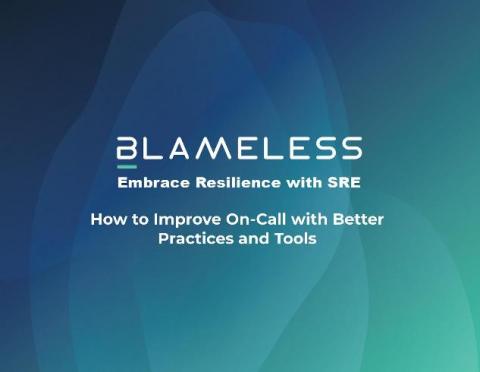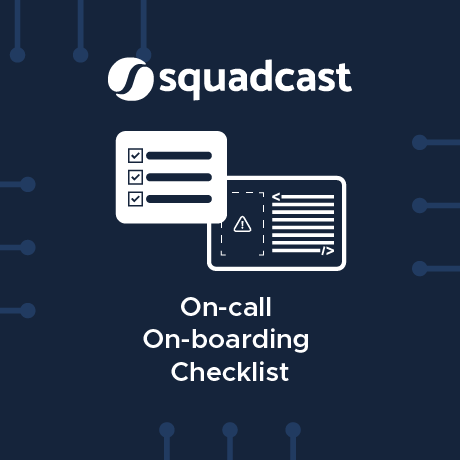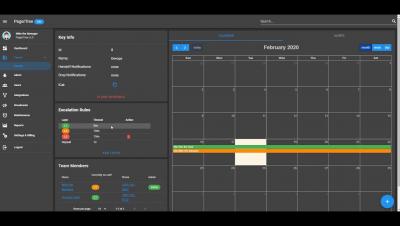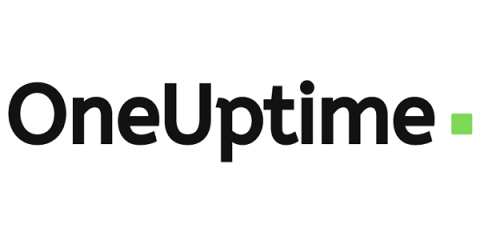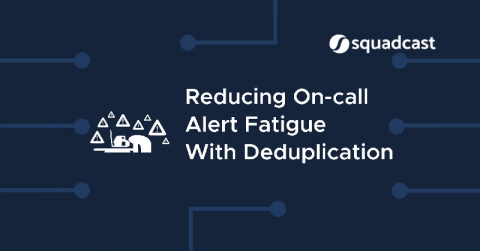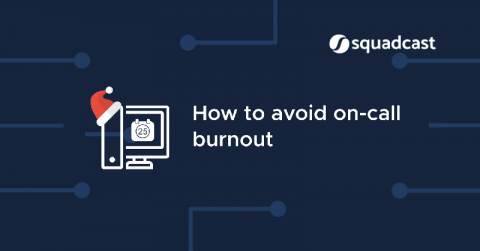Operations | Monitoring | ITSM | DevOps | Cloud
On Call
How to Improve On-Call with Better Practices and Tools
On-Call Scheduling: Building a Winning On-Call Schedule for Your Team
On-call scheduling enables 24/7/365 availability of service providers for critical issues like system downtime, technician response for critical systems, and patient care. Learn about the importance of on-call schedules for your organization and its customers, how to design an on-call schedule, and multiple ways you can build an on-call scheduling program that will improve customer response and make staff happier.
Create On-Call Schedule Exceptions in Just a Few Clicks
OnPage’s incident alert management platform continues to evolve, providing powerful features and capabilities to clients. The OnPage product team proactively monitors requests for future advancements and launches them to enhance clients’ business processes. Continuous innovation allows OnPage to align with growing business needs, while adapting to the ever-changing trends of the digital operations world.
On-call On-boarding Checklist
On-Call Schedules and Alert Escalation with PagerTree
How to create an on-call schedule that doesn't suck.
A lot of tech companies struggle with creating an effective and efficient on-call schedule internally for their product and service, this results in much longer downtimes when something goes wrong. They often over-burden their team members with repeated on-call duty which results in team member fatigue. Here’s how to create an on-call schedule that your team might love.
Reducing On-call Alert Fatigue with Deduplication
How to avoid on-call burnout
Reducing alert fatigue with GoAlert, Target's on-call scheduling and notification platform
At Sensu Summit 2019, Adam Westman, Sr. Engineering Manager at Target, introduced us to GoAlert, their on-call scheduling and notification open source project. In this post, I’ll recap his talk, sharing the journey that led them to build GoAlert, the problems they’ve solved, and how they use GoAlert with Sensu Go to simplify monitoring and reduce alert fatigue.



